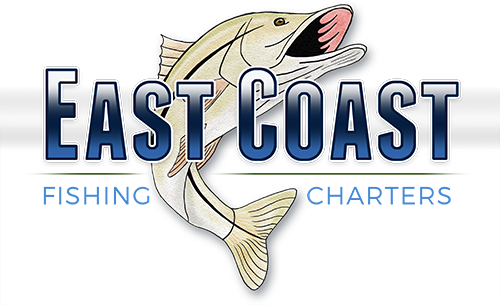CAPT. DONALD ANDREZZE
TEXT 321-266-1160
Hook and Land the Silver King
Friday, June 10, 2016
For starters, pay attention to their behavior, at certain times, usually early in the day, you can find Tarpon laid up on the surface and not moving much. The Tarpon will usually eat when they are exhibiting this behavior if they are not scared. If you see Tarpon that seem to be moving quickly in a straight line and in a rolling motion on the surface, this behavior is sometimes referred to as grey hounding and this means they are focused on the task at hand and eating will most likely not interest them. You’ll also see fish that might look like they are making a chain and at times, and will be swimming in circles very close to the fish in front of them, nose to tail. Secondly, be careful not to scare the Tarpon. Approach cautiously and be sure not to spook the fish because a good cast and right bait won’t make a difference, if they swim off. There are few tips on approaching Tarpon with your boat.
- A great way to hook up with a Tarpon is trolling live baits behind the boat or pitching cut bait or live mullet directly at the school of fish.
- Chasing down fish or approaching within casting range while running an outboard motor is not an acceptable way to approach Tarpon ever. If you are approaching a school, a quiet trolling motor used on the low setting is one preferred method.
- Because Tarpon have very hard mouths, it is important to have the correct hook when trying to land one of these prehistoric fish.
- Site fishing is the most ideal way to approach Tarpon because they roll on top of the water and are easy to see, Plus, they are creatures of habitat, meaning they generally like to migrate within the same areas.
Copyright © 2024
Created by
